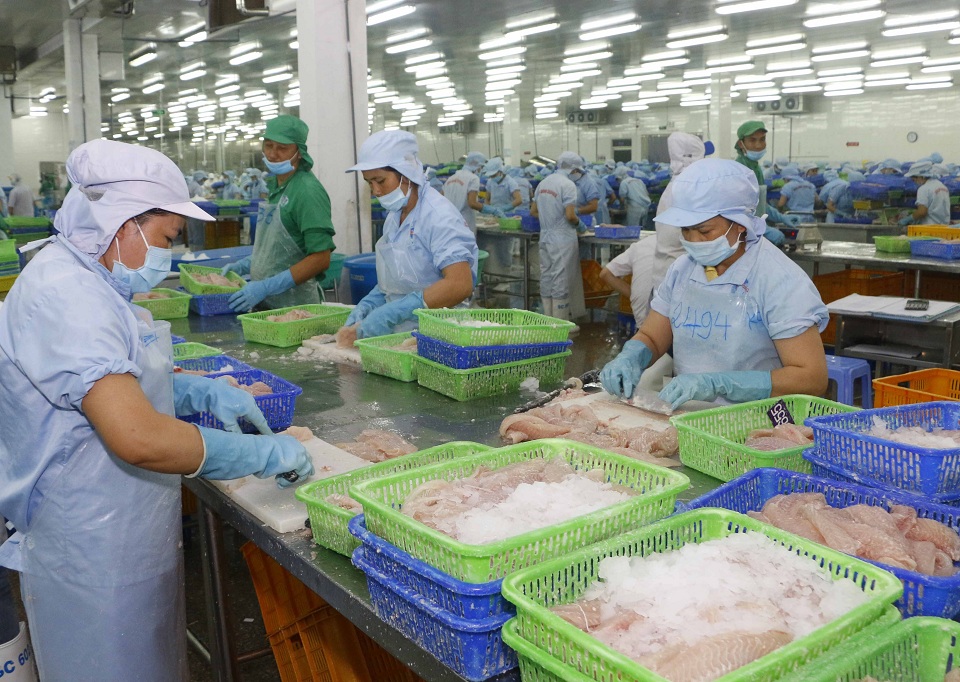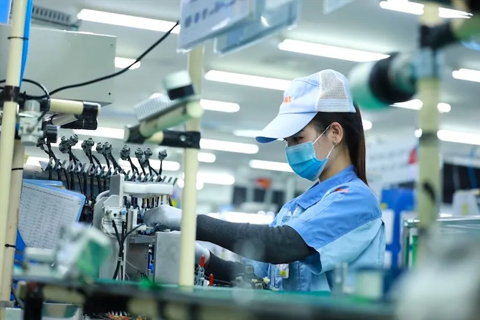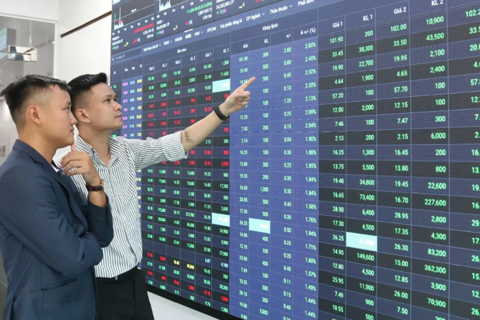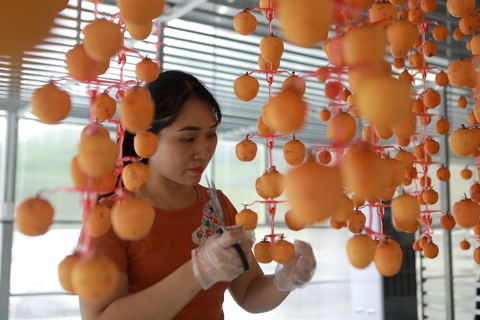Vietnam seafood industry grasp opportunities from new Covid-19 wave
The latest Covid-19 outbreak in India, the world’s largest shrimp producer, has taken a toll on the recovery outlook of this country’s shrimp industry and created opportunities for others.
Vietnam’s seafood industry could enjoy greater global market share as the country’s main competitors are being severely hit by the Covid-19 pandemic, according to the Vietnam Association of Seafood Exporters and Producers (VASEP).
| Processing catfish for export at Mekong Delta Region. Photo: Giang Lam |
Since 2020 to February 2021, Vietnam’s seafood exports were under huge pressure due to the disruption of global value chains as a result of the pandemic.
However, the sector’s recovery has been strong in the past two months, with export turnover expanding by 17-30% compared to the same period of last year, noted the VASEP.
According to the association, the country’s export revenue of seafood in the first four months of 2021 rose by 13% year-on-year to US$2.5 billion.
For the second quarter, shrimp and catfish, Vietnam’s major seafood products, are set to post export growth of 10% and 7% year-on-year, respectively.
SSI Securities Corporation (SSI) in its latest report suggested India, world’s top shrimp exporter, suffered a 30% year-on-year decline in shrimp production to around 650,000 – 700,000 tons in 2020.
“The latest outbreak, however, has made the situation worse, and taken a toll on the recovery outlook of the Indian shrimp industry in the second half of this year,” noted the SSI, adding this would offer huge opportunities for other seafood producers including Vietnam, Ecuador and Indonesia to further penetrate major markets, including the US.
In the January – March period, Vietnam’s shrimp exports to the US surged by 41% year-on-year in quantity and 10% in value.
Such assessment is in line with VASEP’s report that Vietnam’s shrimp exports are set to rise due to limited supplies amid the Covid-19 pandemic.
Along with high demand from global market, the VASEP noted local seafood industry could benefit from high growth in the retail and online shopping. Meanwhile, demand recovery from restaurants could also be on the cards as the country is gradually putting the fourth Covid-19 outbreak under control.
Meanwhile, the SSI stated the Covid-19 pandemic has significantly changed customers’ behavior, especially those in Japan and EU, with a shift towards processed shrimp products
“This has been Vietnam’s advantage against others countries,” the SSI asserted.
For catfish, the VASEP informed the export turnover in the first quarter slightly increased by 3% year-on-year, in which the revenue from US – Vietnam’s top market grew 16% year-on-year.
The VASEP expected average selling price of catfish in the US had bottomed out last December at around US$2.5 per kilogram, and therefore, is on track to recover from now until the end of the year.












